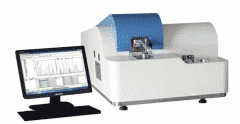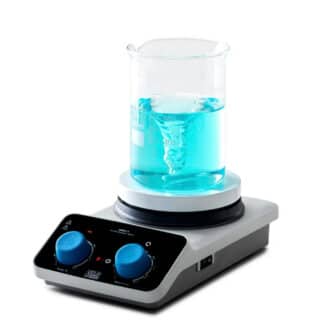There are two main categories of spectrometry: radiation spectrometry and mass spectrometry.
Radiation spectrometry (UV-Vis, IR, X-ray, gamma ray) enables the structure of a material to be analyzed through its interaction with the radiation it absorbs, scatters or emits.
Mass spectrometry allows the molecular structure of a gas to be analyzed by ionization.
The type of spectrometer you should choose depends on the material to be detected and whether or not the analysis is invasive (destruction of the sample or not).
The main selection criteria for your spectrometer should be:
- Sensitivity and detection limit
- Wavelength range
If you need to analyze the color of a sample, you will need a spectrometer covering the visible spectrum, between 360 and 740 nm.
- Resolution (the ability of the spectrometer to distinguish between two wavelengths close together)
If the sample spectrum has sharp peaks separated by a distance of at least 0.5 nm, you will need a spectrometer with a resolution of at least 0.5 nm.
In addition to the range of wavelengths and resolution you need, there are secondary criteria to help you make the right choice:
- The overall size of the equipment, especially if it will need to be transportable
- The cost
- The analysis speed
- The signal-to-noise ratio
- The linearity
- The dynamic range
- The thermal stability
- The durability













